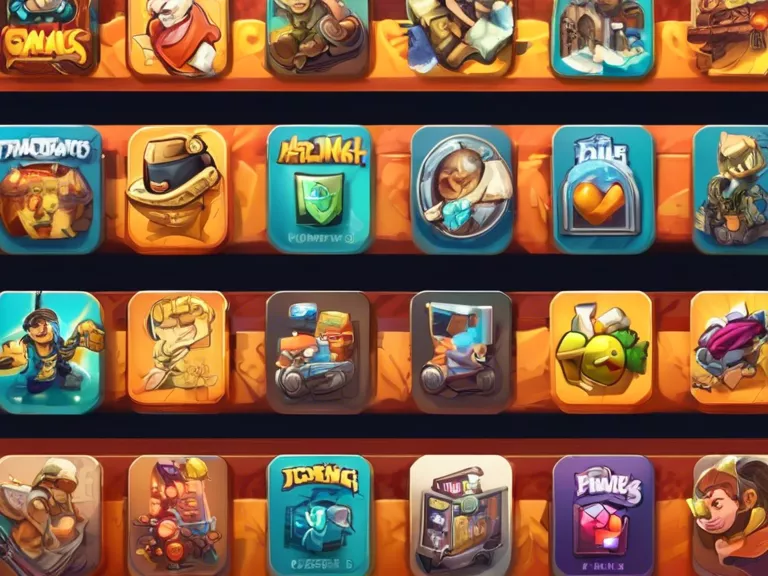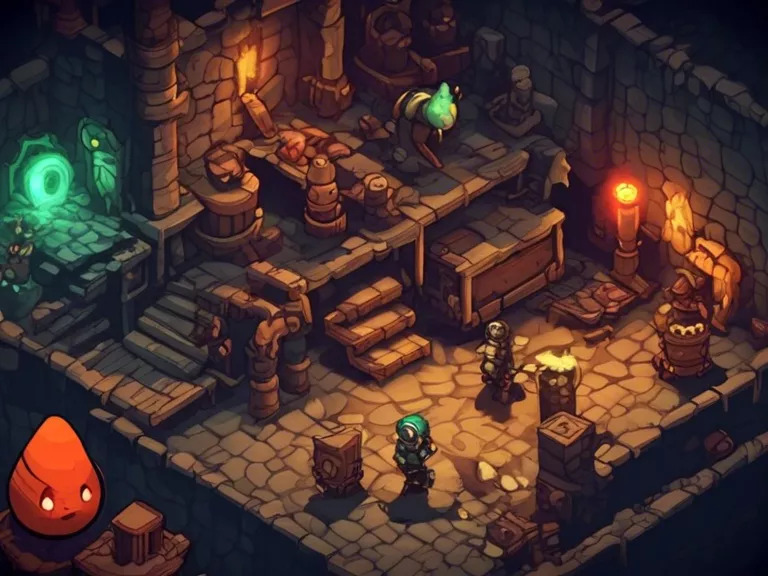
Microtransactions can be a contentious topic in the gaming industry. While they can provide additional revenue streams for developers, they often come under fire for disrupting gameplay and creating a pay-to-win environment. However, when implemented correctly, microtransactions can enhance the player experience without detracting from the core gameplay. In this article, we will explore the best practices for incorporating microtransactions without disrupting gameplay.
Avoid Pay-to-Win Mechanics
One of the biggest complaints players have about microtransactions is when they give paying players a significant advantage over non-paying players. To avoid this, developers should focus on offering cosmetic items, boosts that do not affect gameplay balance, or side content that is optional for progression.
Provide Fair Pricing
Players are more likely to make in-game purchases if they feel they are getting good value for their money. Developers should carefully consider pricing to ensure that microtransactions are affordable and offer reasonable benefits. It is important to strike a balance between generating revenue and keeping players engaged.
Implement a Clear Progression System
Microtransactions should not replace or invalidate the core progression system of the game. Players should feel that they can achieve their goals through gameplay alone, with microtransactions offering a way to accelerate progress or customize their experience.
Offer Rewards for Engagement
A successful microtransaction system should reward players for engaging with the game, rather than incentivizing them to make purchases out of necessity. Daily rewards, challenges, and in-game events can provide opportunities for players to earn premium currency or items without spending real money.
Listen to Player Feedback
Ultimately, the success of a microtransaction system hinges on player satisfaction. Developers should actively solicit feedback from the community and be willing to make adjustments based on player preferences. Transparency and communication are key to maintaining a positive relationship with players.
By following these best practices, developers can incorporate microtransactions into their games in a way that enhances the player experience without disrupting gameplay.



